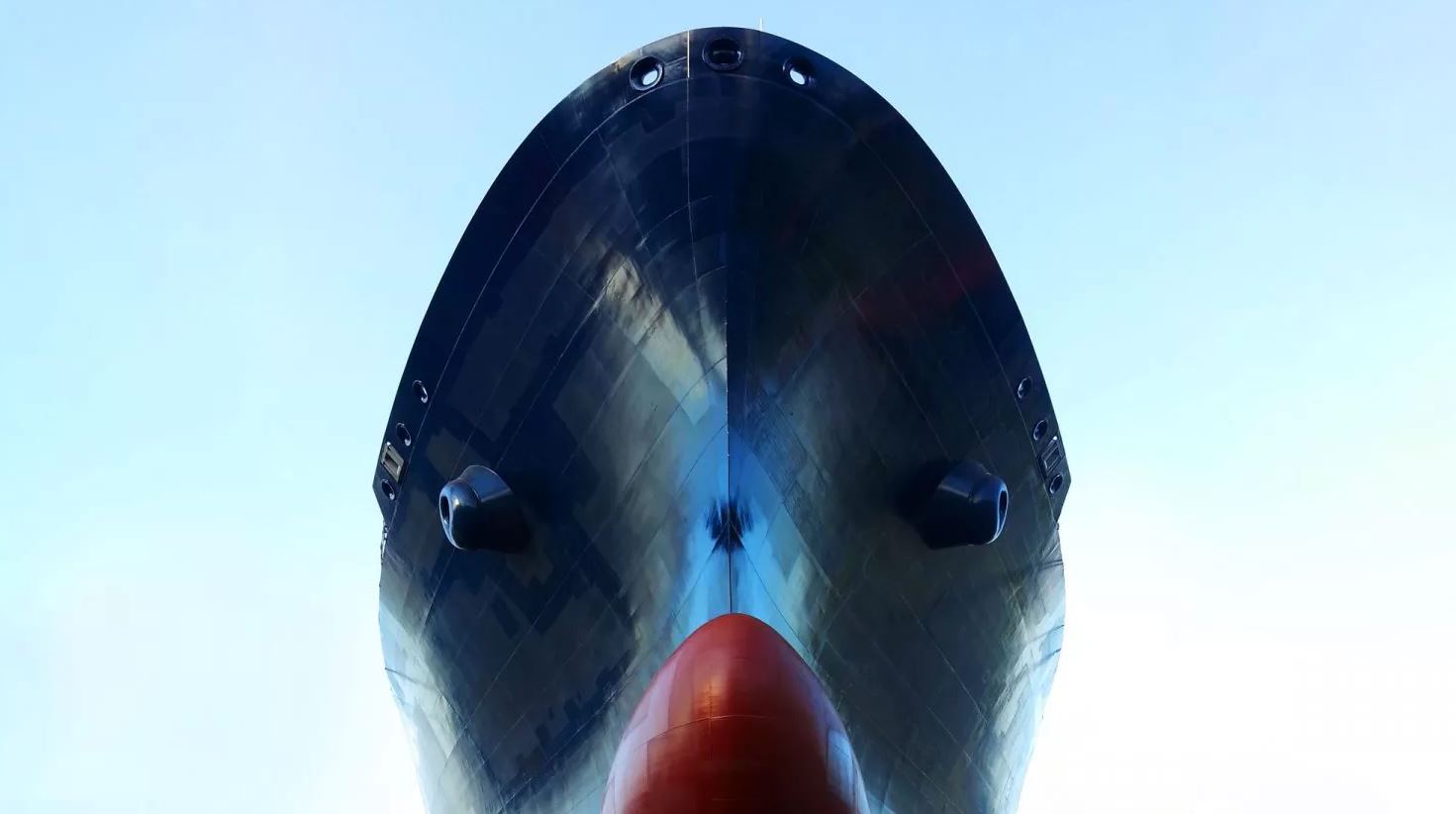Spark Commodities reported a drop in its liquefied natural gas (LNG) freight spot rates in both basins this week.
“Spot LNG freight rates have weakened further this week, with the rate on the Atlantic Spark30 route falling $3,000/day week-on-week to reach $37,500/day, and the rate on the Pacific Spark25 route falling $4,250/day week-on-week to reach $41,500/day,” Spark said on Thursday.
Last week, Spark said the Pacific rate for 160,000-cbm TFDE carriers dropped to $46,750/day, its lowest since since August 2022, with less being paid for ballast bonuses as owners are paid to the nearest hub rather than load port.
Also, the Atlantic rates dropped from $42,000 per day to $41,250 per day on May 16.
Spark reported on April 20 a further drop in its Pacific LNG spot freight rates to $55,250 per day, while the Atlantic rate were at $43,500 per day.
Both the Atlantic and Pacific rates fell below $100,000 per day in January, following record highs in October and November last year.
Weather
Spot LNG freight rates in the Pacific and the Atlantic surged last year as European countries significantly boosted imports of LNG, mainly from the US, to replace pipeline gas supplies from Russia.
Due to very high prices, many Asian countries were not able to buy spot LNG cargoes last year.
Shell’s CEO Wael Sawan said earlier this year that 50 percent of Europe’s needs in 2022 was met with diverted LNG cargoes from China and that mild weather played an important role.
Referring to the situation in Europe, Sawan said that “you don’t want to be in a position to be depending on the weather as your savior or the fact that you’re going to destroy more demand.”
US LNG supplies to Europe
US LNG exporting giant Cheniere is one of the largest suppliers of LNG to Europe.
Anatol Feygin, Cheniere’s chief commercial officer, said during the company’s recent first-quarter earnings call that US flows to Europe “continued to remain strong in Q1, helping ease market pressures and contributing to moderating prices.”
In fact, about 80 percent of cargoes produced by Cheniere’s two terminals were delivered to Europe in the first quarter. Cheniere exported record 167 LNG cargoes during the quarter.
“Europe has closed out this winter with gas inventories at or near the high end of its 5-year range, thanks in part to record mild weather and, of course, sustained LNG flows,” he said.
With the storage levels above the 5-year average this year, Europe is “positioned well” as it looks to replenish supplies ahead of the 2023, 2024 winter season, Feygin said.
“Nevertheless, despite the European market’s advantage position coming out of the second warmest winter on record, the shortfall in Russian supply should remain an ongoing challenge for the global balance until new supply is dispatched,” he said.

